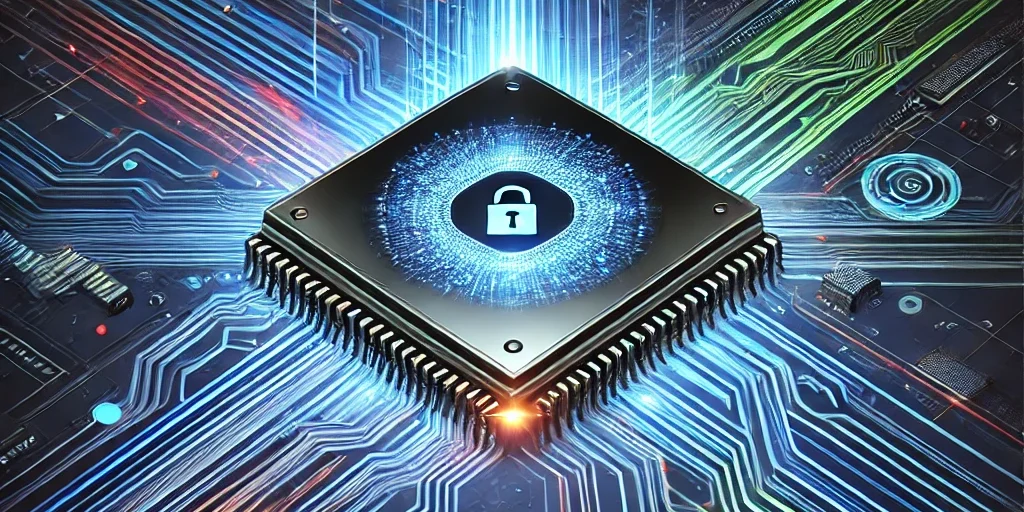Digital threats are evolving rapidly, and with them, the need for innovative solutions to protect devices and information grows. One such innovative solution is the use of Physical Unclonable Functions (PUFs), which have been gaining prominence in the field of hardware security. In this article, we will explore what PUFs are, how they work, their types, and applications – all in a clear, engaging style optimized for SEO.
What Are PUFs?
PUFs are functions based on physical systems that exploit natural, unpredictable variations in the manufacturing process to generate unique responses. This characteristic makes each device virtually impossible to clone, even if its internal workings are known. In other words, even if an attacker gains physical access to a chip, they won’t be able to replicate its exact behavior – a crucial advantage for device security.
Key Features
- Quick Evaluation: Because the function is based on physical characteristics, evaluating the PUF is straightforward and fast.
- Random Outputs: The generated responses behave like a random function, meaning the outputs are unpredictable even with physical access to the device.
- Unclonability: Even with full knowledge of the PUF’s operation, natural manufacturing variations prevent the exact reproduction of another chip.
How Do PUFs Work? A Practical Example
Imagine a simple system consisting of six inverters divided into two paths – one on top and one on the bottom – leading to a modified flip-flop. Under ideal conditions, both paths would have the same delay, causing the signals to reach the flip-flop simultaneously. However, due to natural manufacturing variations, one path may be slightly faster than the other.
Scenario 1: Faster Top Path
- Initial Input: A logical 0 is converted to 1 by the inverters.
- Signal Arrival at the Flip-Flop: If the faster top path arrives before the control signal changes, the flip-flop updates its value according to the data signal received.
- Result: The flip-flop changes its content, generating a unique response.
Scenario 2: Faster Bottom Path
- Initial Input: Similarly, the logical 0 is propagated through the inverters.
- Signal Arrival at the Flip-Flop: If the bottom path arrives first, the flip-flop remains unchanged due to the timing of the control signal.
- Result: The flip-flop retains its previous value, producing a different response than in the first scenario.
These variations in signal delays, caused by inherent imperfections in the manufacturing process, generate random and unique responses for each chip – which is the essence of PUFs.
Types of PUFs
PUFs can be classified into two major groups based on the physical source of the randomness:
1. Silicon-Based PUFs
- Memory-Based PUFs: These use memory cells, such as SRAM, which exhibit random states upon power-up. These states are captured and used to create a unique identity for each chip.
- Delay-Based PUFs: These take advantage of small variations in the delays of digital circuits. Examples include the Ring Oscillator PUF and the Arbiter PUF, where the delay differences between competing paths are measured and amplified to generate a reliable response.
2. Non-Silicon PUFs
- Optical PUFs: These utilize physical characteristics such as light scattering on complex surfaces.
- Acoustic and Magnetic PUFs: These exploit natural variations in materials that react to sound or magnetic fields.
- Paper PUFs: Some research explores using the texture and roughness of paper as a source of randomness.
Applications of PUFs in Security
PUFs offer a wide range of applications in digital security, helping to protect devices and ensure data integrity. Here are some of the key applications:
Device Identification and Authentication
Each chip equipped with a PUF generates a unique identity – essentially an electronic “DNA.” This feature allows devices to be securely identified, preventing cloning and fraud.
Cryptographic Key Generation and Storage
Instead of storing keys in memory – a method vulnerable to physical attacks – PUFs enable the dynamic generation of keys. This makes the system much more resistant to intrusions, as physical access to the device does not reveal the cryptographic key.
Intellectual Property Protection
Companies can use PUFs to protect their designs and technologies by integrating them into active IC metering systems. This technique makes piracy and reverse engineering significantly more difficult.
Software Licensing and Processor Security
Since each chip has a unique identifier generated by its PUF, it is possible to bind software licenses to specific devices, preventing unauthorized copying and use. Additionally, PUFs can be employed to build more secure memories and processors, enhancing protection against various attacks.
Why Are PUFs Important?
In an increasingly connected world, protecting data and devices is essential. PUFs offer an extra layer of security that goes beyond traditional methods by exploiting inherent physical characteristics of materials and manufacturing processes. This innovative approach makes cloning and physical attacks extremely difficult, positioning PUFs as a promising technology for the future of hardware security.
Conclusion
Physical Unclonable Functions (PUFs) represent one of the most advanced and effective solutions for ensuring the security of electronic devices. Whether it is for unique device identification, secure cryptographic key generation, or intellectual property protection, PUFs stand out by leveraging natural physical variations—features that are inherently impossible to replicate. As technology continues to advance, the applications of PUFs are expected to expand, solidifying their role in the landscape of digital security.
Stay informed about hardware security innovations to protect your devices and data in a robust and reliable way.
Related Articles
To further explore topics related to Physical Unclonable Functions (PUFs) and hardware security, check out the following articles:
- “Integrated Circuit Metering: Protecting Your Intellectual Property in the World of Chips”: Learn how metering techniques complement PUFs in protecting intellectual property and preventing overbuilding.
- “Protecting Your Circuits: Practical Techniques Against Hardware Trojans”: Discover strategies to safeguard circuits against hardware Trojans, aligning with the security benefits of PUFs.
- “FPGAs in Security and Trust: Innovations and Advantages”: Explore how FPGAs enhance security and enable the implementation of PUFs for robust protection.
- “Side-Channel Attacks: Exploring Vulnerabilities in Modern Cryptography”: Understand how PUFs mitigate side-channel attacks and protect cryptographic keys.
- “Hardware Trojans and Trusted Integrated Circuits: Unraveling Hardware Security”: Dive into trusted circuit design and how PUFs contribute to authentication and Trojan prevention.
These articles provide a comprehensive view of hardware security, offering insights into designing, protecting, and optimizing secure systems with PUFs.






Pingback: Reliability in PUFs: Unraveling the Challenges with Ring Oscillators - FortShield: Security for Professional Developers
Woah! I’m really loving the template/theme of this website. It’s simple, yet effective. A lot of times it’s very difficult to get that “perfect balance” between usability and appearance. I must say you have done a excellent job with this. Additionally, the blog loads very fast for me on Safari. Superb Blog!